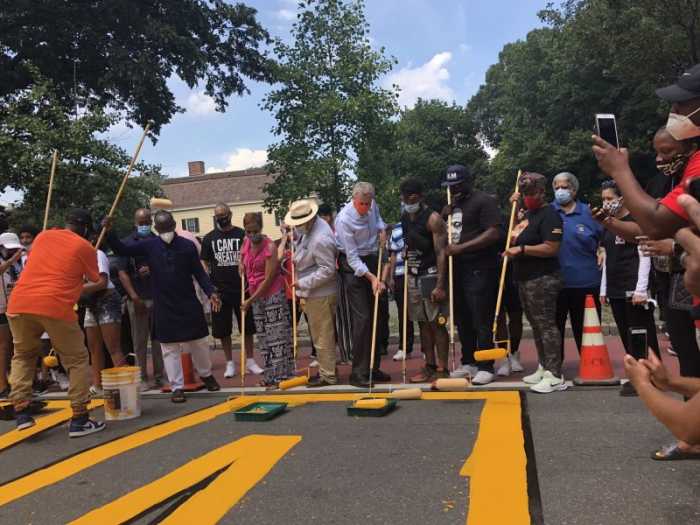Constantinides, Richards, City Council Pass Climate Mobilization Act
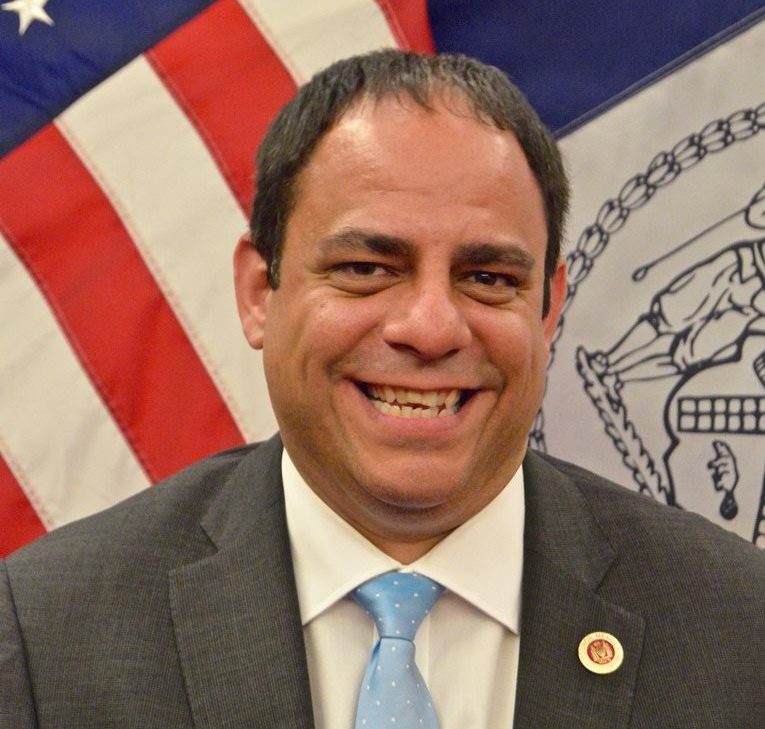

City Council Members Costa Constantinides (Astoria, parts of Woodside, East Elmhurst) Long Island City) and Donovan Richards (D-Arverne, Brookville, Edgemere, Far Rockaway, Laurelton, Rosedale, Springfield Gardens) led the way as the city council last week passed Climate Mobilization Act, a nine-piece legislative package to fight the growing effects of climate change on the City’s future.
Together, the bills significantly reduce carbon emissions from large buildings, better optimize their roofs for green planting and renewable energy, and take the first steps to fostering clean power throughout the five boroughs.
“The Climate Mobilization Act is a downpayment on the future of New York City — one that ensures we lead the way in the ever-growing fight against climate change,” said Constantinides, Chair of the Committee on Environmental Protection. “Today, we sent that message to the world by enacting the boldest mandate to reduce carbon emissions, tackling one of the biggest drivers of climate change. This represents over two years of engagement with the various communities, industries and everyday New Yorkers impacted by climate change. We are answering the call for bold action we’ve heard from the IPCC, Donald Trump’s own National Climate Assessment, and the City’s own panel on climate change.
The legislative package includes these measures the two lawmakers worked on:
- Intro. 1252: Constantinides’ bill to establish a low-cost PACE program to finance upgrades required under the clean tower plan.
- Intro. 1317: Constantinides’ bill to clear red tape currently making it difficult to erect large wind turbines in New York City.
- Intro. 1318: Constantinides’ bill requiring the City determine by 2021 which of the 21 gas-fired power plants across the five boroughs can be feasibly closed in favor of renewable energy sources and batteries to store the power.
- Intro. 276: Council Member Donovan Richards’ bill to promote green roofs — natural planting, solar panel and small wind turbine installations — on buildings five stories or smaller.
- Reso. 845: Constantinides, Speaker Johnson and Richards’ resolution calling on the NYSDEC to block the application to construct the Williams Pipeline.
Multiple reports last year — published at the international, federal, and local level — warn of catastrophic circumstances as soon as 2030 without government taking real action now.
The National Climate Assessment, published in November, warned the New York region could see up to 100,000 climate refugees by 2100 due to intense flooding and other effects from this phenomenon. Areas such as the Rockaways, Coney Island, Staten Island could see regular flooding in the coming decades unless bold steps are taken to decrease carbon emissions from large buildings and the electrical grid.
Simotas Lobbies MTA To Make Announcements In Multiple Languages
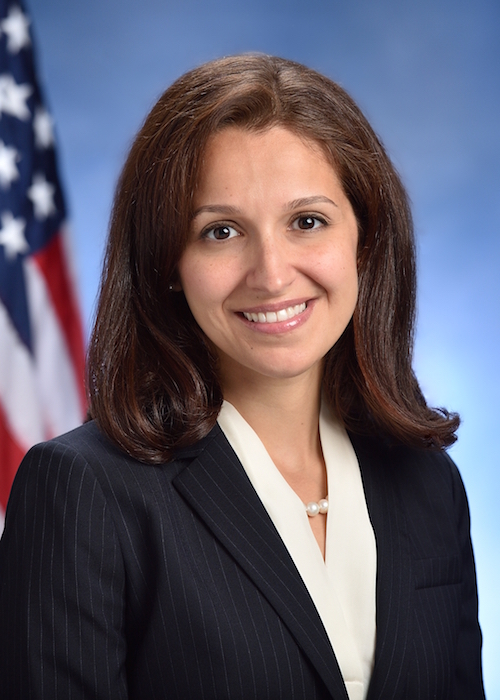
Assemblymember Aravella Simotas (D-Astoria), last week in a letter to Metropolitan Transit Authority (MTA) President Andy Byford, requested automated voice announcements be made in multiple languages, which would disseminate information across all the city transit systems and effectively reach the more than 4.25 million New Yorkers who speak a language other than English.
Across the world, cosmopolitan cities like Paris, Belgium, and Luxembourg have adapted their announcements to better serve their communities. This then begs the question, Simotas wrote, why is one of the most cosmopolitan cities in the world so far behind.
“Currently, the MTA only provides automated voice announcements in English even though it is home to 1.9 million Spanish speakers, 419,000 Cantonese and Mandarin speakers, 186,000 Russian speakers, 106,000 French Creole speakers, 81,000 French speakers, and 200,000 New Yorkers who converse in an Indic language, like Hindi, Urdu or Gujarati. Providing announcements in multiple languages would eliminate confusion amongst the many riders who benefit from our transit system and would allow our system to run more effectively,” Simotas wrote to Byform on April. 16.
“New York City is a melting pot oozing with culture and spirit and it is time that our transit system reflects that. Now with new sources of revenue for the MTA capital plan lockbox and billions in additional financing support for MTA projects, it is the perfect time to finally create a multi-lingual transit system that better serves the riders,” she added.
Queens Pols Laud De Blasio Bus Action Plan
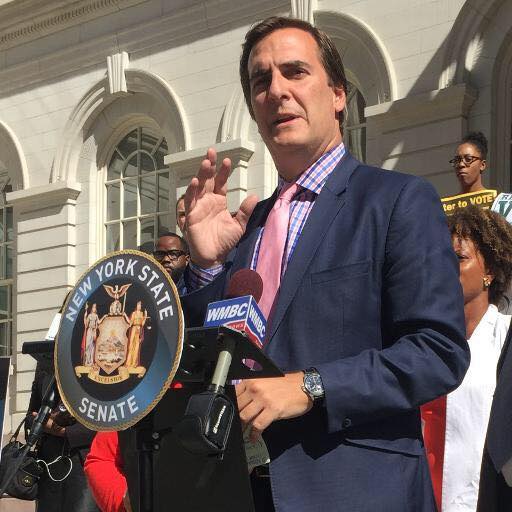
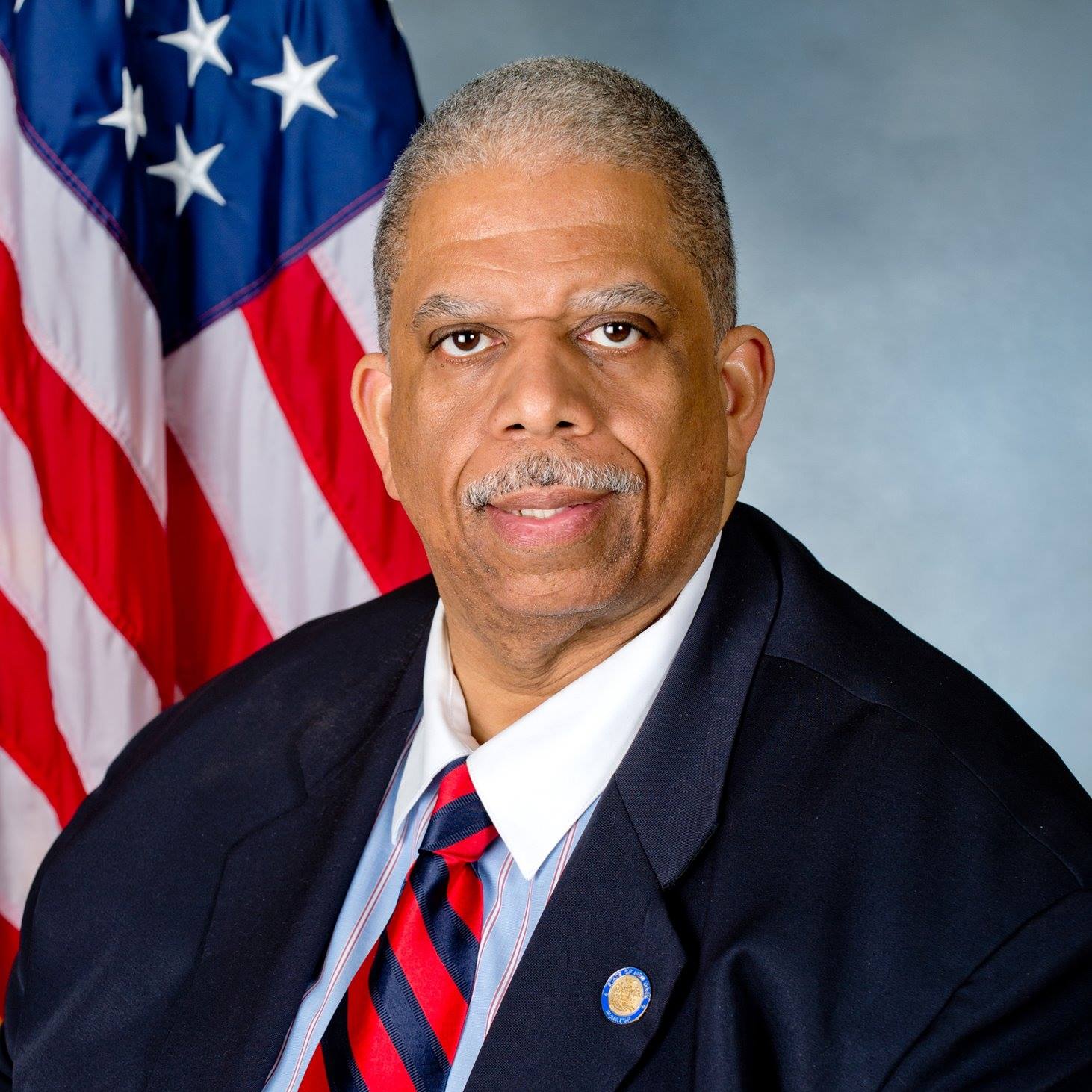
State Senators Michael Gianaris (D-Astoria, Long Island City, Sunnyside and parts of Woodside, Maspeth, Ridgewood and Woodhaven), Leroy Comrie (D-St. Albans, Cambria Heights, Jamaica, Hollis, Rosedale, Laurelton, Kew Gardens, Queens Village) and Assemblymember Cathy Nolan (D-Sunnyside, Ridgewood, Astoria, Woodside, Long Island City, Maspeth, Queensbridge, Ravenswood, Dutch Kills, Blissville) last week lauded Mayor Bill de Blasio’s announcement the city has identified locations to implement its Bus Action Plan to increase bus speeds 25% by 2020, help more businesses receive off-hour deliveries, and explore new pedestrian zones in Lower Manhattan
The announcement consisted of three elements, all part of 2019 OneNYC, the strategic plan for the City: the Better Buses Action Plan, increasing off-hour deliveries and pursuing the creation of new pedestrian spaces in Lower Manhattan.
The Better Bus Action Plan in Queens includes: Rockaway Beach Boulevard, Beach 116th Street to Beach 73rd Street; 3.7 miles
Total daily ridership: 36,000
Potential Improvements:
- Implement pedestrian safety improvements at intersections along the corridor
- Construct sidewalks to make bus stops at Beach 73rd St and Beach 67th St accessible
- Install offset and curbside bus lanes on portions of the corridor
The main of the plan will make for easier bus travel and more designated delivery time in Manhattan.
“Every element of our mass transit system must be improved dramatically for our city to achieve its full potential. Buses are a vital part of our transportation infrastructure and I applaud efforts to make them move faster and more efficiently,” said Gianaris.
“Improving mobility in congested areas throughout the five boroughs will require a well-crafted, multi-pronged approach that carefully considers the needs of motorists, pedestrians, transit riders, folks who rely on alternative modes of transportation, and our business community,” said Comrie. “I commend Mayor de Blasio and the Department of Transportation for taking this challenge head on, and I am encouraged by their understanding of the fact that issues like congestion and slow bus speeds affect communities outside the Manhattan core.”
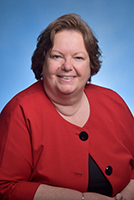 “I have advocated for better bus service and proper management of Fresh Pond Road buses for many years. Fresh Pond Depot is a very important part of my district, an economic generator and a people mover, it allows people the ability to travel all over Brooklyn and Queens from the Myrtle Wyckoff and Fresh Pond hubs. I look forward to working with Mayor de Blasio, Commissioner Trottenberg, the MTA, Community Board #5 and my community to make important progress on these concerns, especially now that new funding is in place because of congestion pricing. Prior MTA capital plans have improved Myrtle Wyckoff and Metropolitan Avenue stations as well as smaller improvements along the M train. It’s past due time to assist our bus riding community,” said Nolan.
“I have advocated for better bus service and proper management of Fresh Pond Road buses for many years. Fresh Pond Depot is a very important part of my district, an economic generator and a people mover, it allows people the ability to travel all over Brooklyn and Queens from the Myrtle Wyckoff and Fresh Pond hubs. I look forward to working with Mayor de Blasio, Commissioner Trottenberg, the MTA, Community Board #5 and my community to make important progress on these concerns, especially now that new funding is in place because of congestion pricing. Prior MTA capital plans have improved Myrtle Wyckoff and Metropolitan Avenue stations as well as smaller improvements along the M train. It’s past due time to assist our bus riding community,” said Nolan.
Addabbo Points To NJ Success To Push For Legal Sports Betting In NY
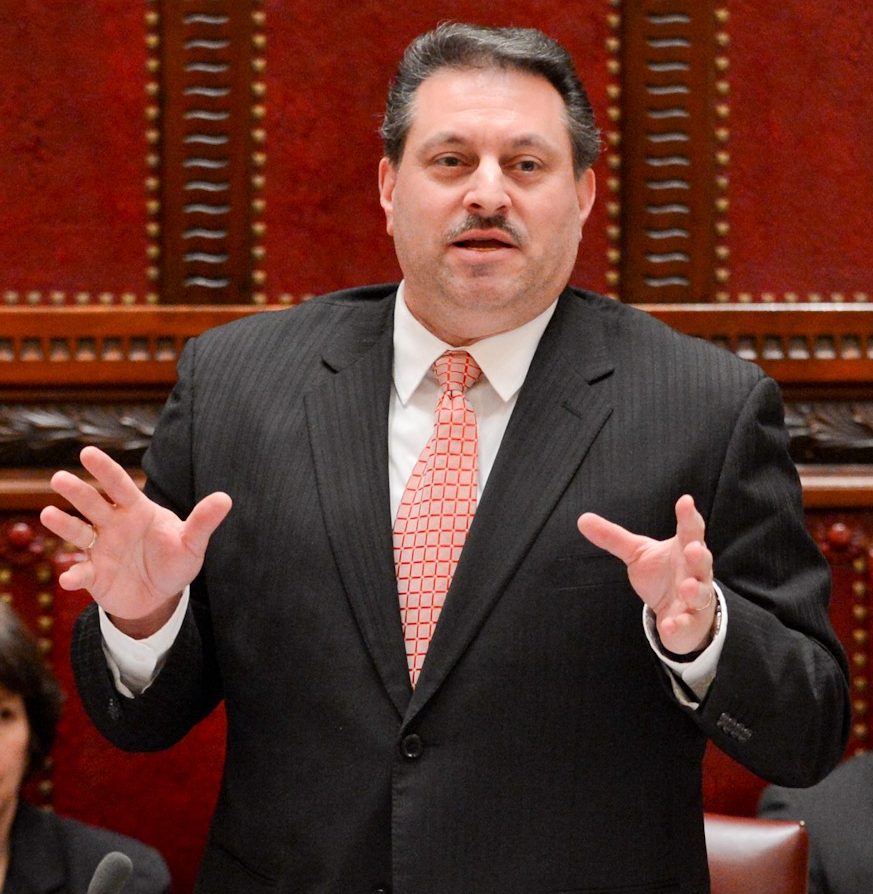
State Sen. Joseph P. Addabbo, Jr. (D), Chairman of Committee on Racing, Gaming and Wagering, last week pointed to revenue numbers in neighboring New Jersey, which already has legalized sports betting, to push for its’ legalization in New York.
According to New Jersey’s Division of Gaming Enforcement, the state took in $31.7 million in Sports Wagering Gross Revenue for the month of March alone. Additionally, for the first three months of 2019, Sports Waging Gross Revenue in New Jersey is at $63.2 million.
“March is a big month for sports betting, with the March Madness college basketball tournament kicking off, and our neighbors in New Jersey have shown us here in New York just how much revenue can be made from legal sports betting with a mobile component, such as a smartphone or computer,” Addabbo said. “New York could be reaping those same benefits, while simultaneously increasing our educational funding, if we are able to get mobile sports betting passed before session ends in June. It is a shame that our residents who wish to participate and enjoy legal sports betting must jump ship to other states. That is money taken out of our budget for important things like education.”
The Senator references the fact that a portion of all gaming revenues in New York provides funding for education and that future sports betting in our state will only take place in the four upstate casinos.
Addabbo noted that many New Yorkers who are looking to place legal sports bets are forced to travel to other states, like New Jersey and Pennsylvania.
“New York has already missed out on cashing in on major sporting events like the Super Bowl and March Madness,” Addabbo added. “As time continues to tick and the longer we sit on the sidelines without legalizing mobile sports betting, we are potentially missing out on millions in revenue that other states make with events such as the Triple Crown horse races, World Series, and more. The time to enact mobile sports betting in New York is now, before we lose even more money to our neighboring states and miss the opportunity to increase educational funding.”




